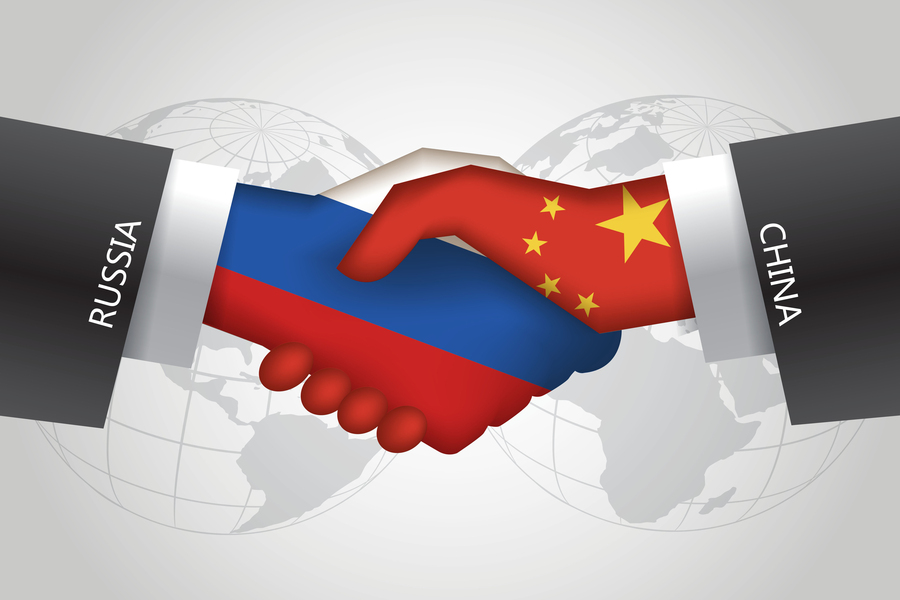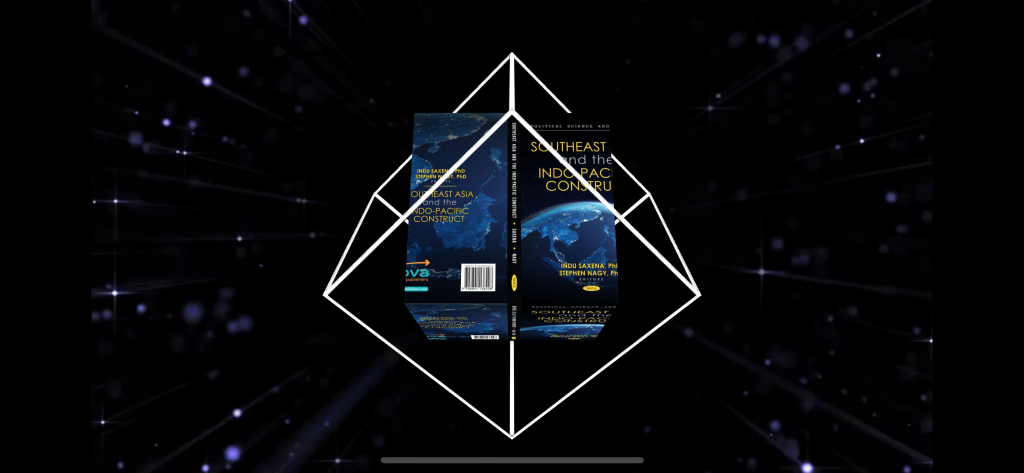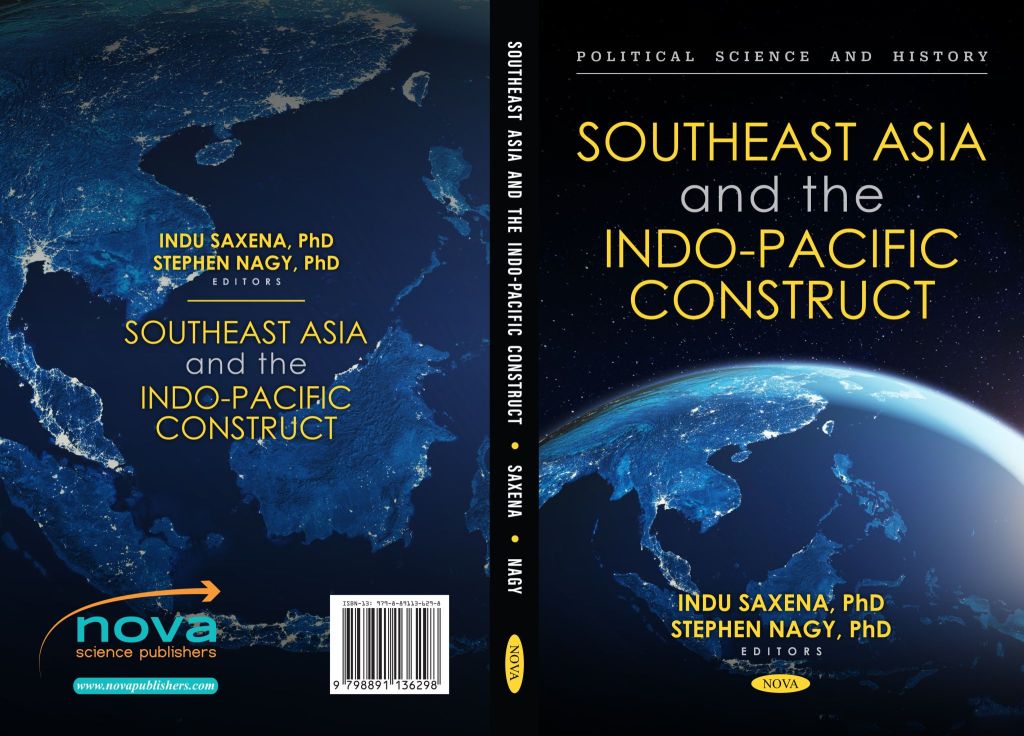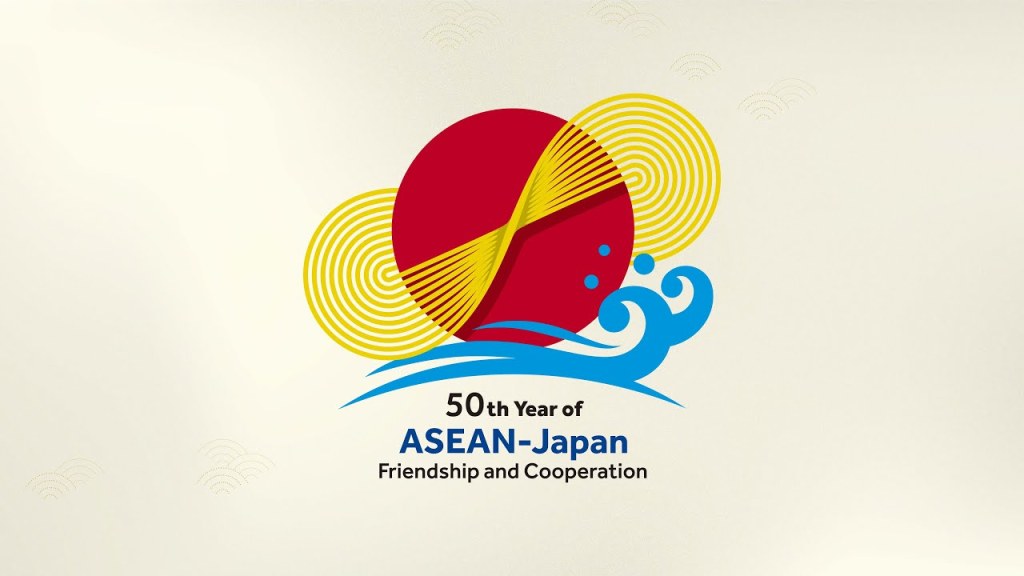Russian President Vladimir Putin’s visit to China on May 16-17 signals a significant moment in the evolving relationship between Moscow and Beijing. Marking the 75th anniversary of diplomatic relations between China and Russia, this trip underscored the deepening partnership between these two major powers.
The question for Russo-China observers is, are these deepening ties related to a sense by each leader that their domestic and foreign policy trajectory is one based on strength or insecurity? In either case, their deepening alignment will impact global diplomacy, regional stability and the international order based on rule of law.
Putin’s visit to meet China’s Xi Jinping comes in the wake of the Russian leader’s “re-election” in May, incremental success in the war with Ukraine and belated financial and military assistance being delivered to Ukraine by the United States and European Union.
Putin’s Ukrainian quagmire is far from ideal. According to the French aeronautic and defence consultant Xavier Tytelman, the invasion has resulted in at least 475,000 injuries and deaths. Aside from the tragic loss of lives, Russia now faces the responsibility of paying injured soldiers disability pensions and death payments. The Kremlin must also deal with the economic consequences of so many young people being unable to contribute to the economy at the maximum level.
The Russian economy is also becoming increasingly reliant on the production of military goods and the cheap export of energy at highly discounted rates to its neighbour, China. The consequence is the economy increasingly diverts resources and human capital into few sectors of the economy, making it difficult to diversify goods, services and technology.
What is more, Sergey Vakulenko of the Carnegie Endowment for International Peace stresses that the labour implications of Russia’s invasion are increasingly severe, including the exodus of talented human capital since the beginning of the war and a decrease in migrant workers into Russia.
In short, cut off from western technology and investment, the strain of financial sanctions and a poorly prosecuted campaign against Ukraine have left Russia weaker and more insecure.
This has numerous implications for the alignment with China. First, Russia is in a junior relationship with China. Frustrating as it may be for Russian nationalists, this role is becoming increasingly subject to Beijing’s priorities. Second, China increasingly may have an indirect say as to what happens in Russia, as domestic political, economic and other instabilities have the potential to destabilize an already fragile Chinese domestic socio-economic environment.
While China is now the driver of the relationship, its socio-economic trajectory is seriously challenged by demographics, high youth unemployment, post-pandemic lack of confidence in its economy, isolation from advanced technologies and the growing trend of selective diversification away from the Chinese market by the West because of cost, geopolitics and the emergence of new manufacturing centres.
China also needs Russia’s cheap energy. But an increasingly confident China, with growing renewable energy and LNG capacity, seems to be leveraging Putin’s proposal for a new pipeline to gain lower prices or other advantages.
The collaboration between Russia and China also extends to multilateral platforms. Both countries have been vocal advocates for reforming international institutions to better reflect the realities of the 21st century. During the visit, there was a renewed call for strengthening the roles of organizations like BRICS (Brazil, Russia, India, China and South Africa), the Shanghai Cooperation Organisation and the United Nations. By working together in these forums, Russia and China aim to promote a more inclusive and representative international order that supports their systems of government.
In the realm of technology and innovation, the visit highlighted the potential for increased co-operation. Both nations are investing heavily in emerging technologies, such as artificial intelligence, quantum computing and space exploration. By pooling their resources and expertise, Russia and China can accelerate their technological advancements and reduce dependence on external sources. This technological collaboration not only enhances their competitive edge but also ensures that they can shape global technological standards and norms.
Unsaid but of deep concern in Beijing are anxieties about a Russian defeat and what that means for its security. Beijing fears that a defeated Russia would leave it stranded in the international order with no close friends. They worry that if Putin is deposed through a defeat, coup, assassination or other demise, the next leader would be even more nationalistic, unstable and conflict oriented.
In a nightmare scenario for China, they also worry about the balkanization of Russia in a post-Putin era where regional oligarchs would create their own kingdoms that would possess nuclear arms and even engage in weapons proliferation.
Support for Putin’s Russia is simply based on the logic it’s much better to work with the devil you know than don’t know. Despite these challenges, both leaders are aligned on myriad global issues. This alignment goes beyond mere diplomatic niceties; it reflects a shared vision for a multipolar world where power is more evenly distributed and where both countries seek to assert their influence. This vision challenges the unipolar movement dominated by the U.S. and calls for a rethinking of global governance structures.
Andrew Latham, professor of international relations at Macalester College, sees the preferred Russo-China world as one characterized by multi-alignment and multipolarity. To illustrate, multi-alignment refers to the ideas that a state can be aligned with the U.S. on one issue and aligned with Russia or China on another issue at the same time. India’s alignment within the Quad (Australia, India, Japan and the U.S.) yet not overtly criticizing Russia over its invasion of Ukraine is a good example.
Multipolarity refers to many centres of power in our world rather than two, as we saw in the Cold War or after the collapse of the Soviet Union in which the U.S. dominated all spheres of power.
The shared multipolar vision of Moscow and Beijing aims to weaken rule of law and western-led international institutions, making it more amenable to the authoritarian systems they share. Growing multi-alignment also contributes to their aims by ensuring that the U.S. and its western allies cannot be aligned closely on issues of consequence for Russia and China.
For Canada, Australia, Japan and other like-minded states, erosion of international institutions and co-operation means Ottawa, Canberra, Tokyo, Seoul and other middle-sized states can no longer rely on post-Second World War legal frameworks to secure peace, prevent conflict and coercion. This is bad for the economy; it inculcates instability into the region’s sea lines of communication and weakens institutional mechanisms to resolve conflict.
One cannot overlook the significance of this visit in the context of regional geopolitics. The strengthening of Sino-Russian relations has profound implications for neighbouring countries. For instance, Central Asian nations, which have historically been within Russia’s sphere of influence, are now witnessing a nuanced shift as China expands its Belt and Road Initiative through the region. The visit underscores the importance of these countries as both Russia and China seek to enhance their influence and ensure regional stability. This dynamic creates a new power equilibrium that neighbouring states must navigate carefully.
As both nations continue to align their economic, military, cultural and technological policies, they are positioning themselves as key players in shaping the future of global governance in ways that are not aligned with Japan and other countries that support an international order based on rule of law. Ottawa, Canberra, Tokyo and other like-minded capitals will need to work hard with like-minded states and the developing world to ensure that rules, not might, are the basis for international relations in an era of Russia-China alignment.
This inside policy was first published on May 23, 2024, at the Macdonald-Laurier Institute (MLI).
Photo Credit: MIT News





Leave a comment